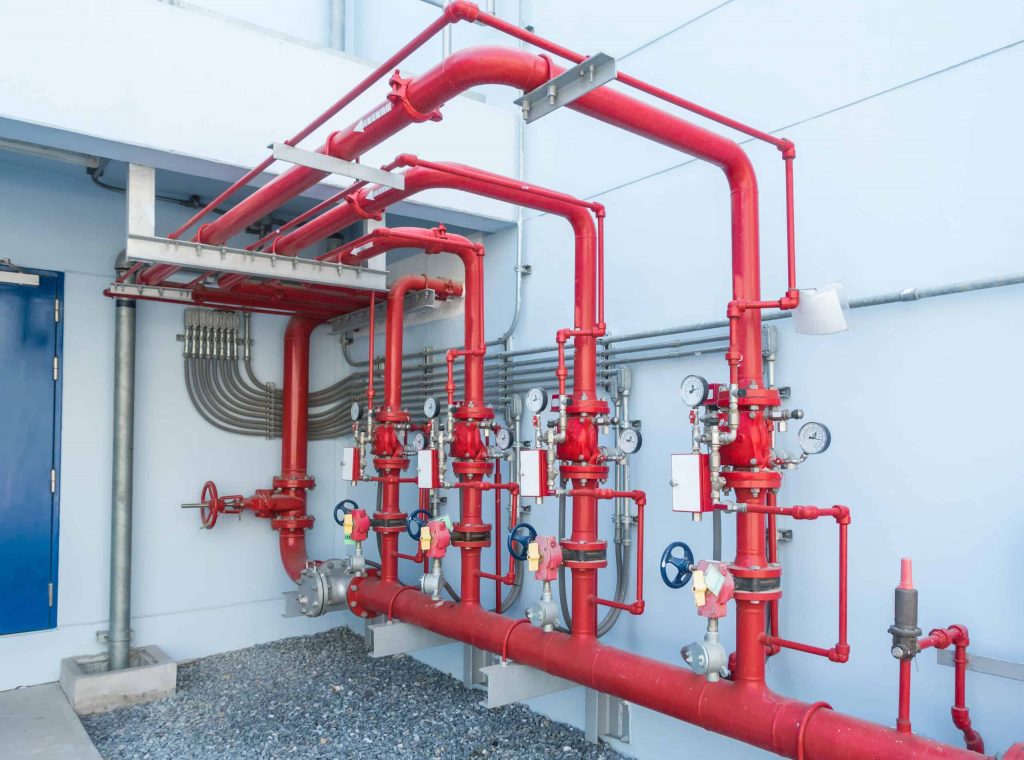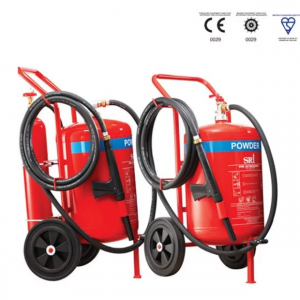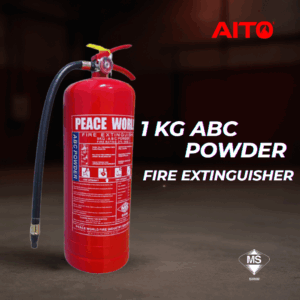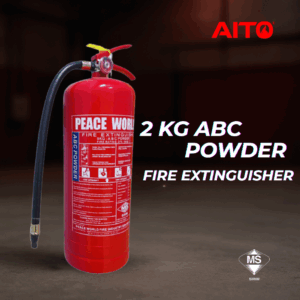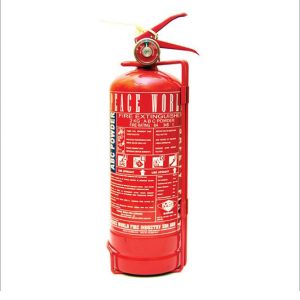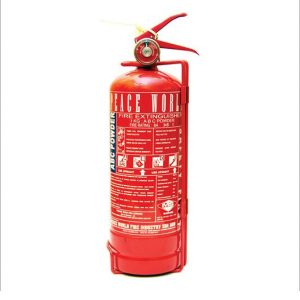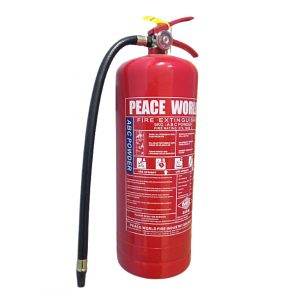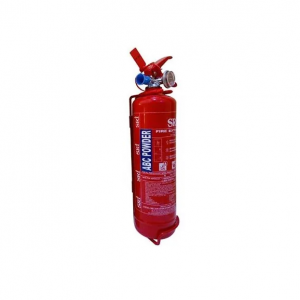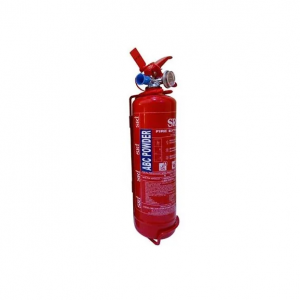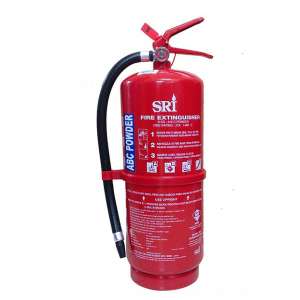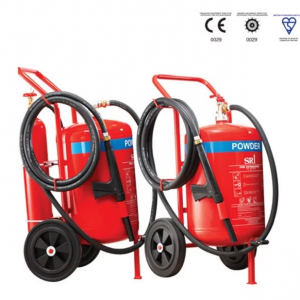Top 10 Fire Suppression System
These are Top 10 Fire suppression system that essential for protecting lives, property, and critical infrastructure from fire. Here are ten of the most effective and widely used fire suppression systems:
-
Wet Pipe Sprinkler Systems
- Description: The most common type of fire sprinkler system. Pipes are always filled with water, which is immediately discharged when heat from a fire triggers the sprinkler heads.
- Applications: Used in residential, commercial, and industrial buildings.
-
Dry Pipe Sprinkler Systems
- Description: Pipes are filled with pressurized air or nitrogen instead of water. When a fire activates a sprinkler head, the air is released, allowing water to flow through the pipes and out of the sprinklers.
- Applications: Suitable for unheated buildings, like warehouses, where pipes might freeze.
-
Pre-Action Sprinkler Systems
- Description: A combination of wet and dry systems. Water is held back by an electrically operated valve until a fire detection system confirms the presence of a fire.
- Applications: Used in spaces where accidental discharge could cause significant damage, such as data centers and museums.
-
Deluge Sprinkler Systems
- Description: All sprinkler heads are open, and the pipes are dry. When a fire detection system activates the deluge valve, water is released through all heads simultaneously.
- Applications: Used in high-hazard areas where rapid fire spread is a concern, like chemical storage facilities and aircraft hangars.
-
Water Mist Systems
- Description: Use fine water sprays to suppress fires by cooling and displacing oxygen. These systems produce significantly less water than traditional sprinklers.
- Applications: Ideal for environments where minimizing water damage is crucial, such as data centers, museums, and healthcare facilities.
-
FM-200 (HFC-227ea) Systems
- Description: A clean agent fire suppression system that extinguishes fires by absorbing heat and interrupting the combustion process. It is safe for occupied spaces and leaves no residue.
- Applications: Commonly used in data centers, telecommunication facilities, and archives.
-
NOVEC 1230 Systems
- Description: Another clean agent system that is environmentally friendly with a low global warming potential. It quickly extinguishes fires without damaging sensitive equipment.
- Applications: Suitable for data centers, libraries, and electrical switch rooms.
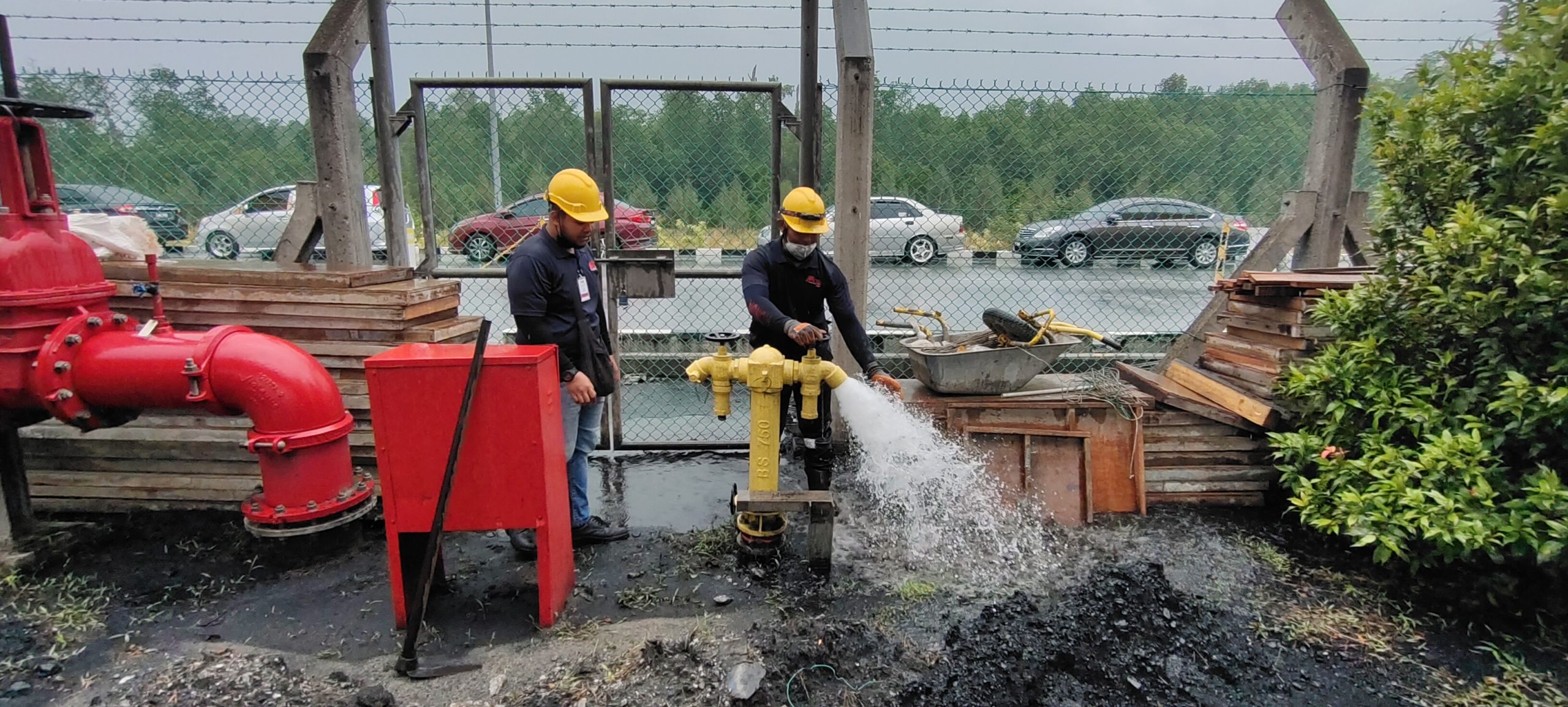
-
Inergen (IG-541) Systems
- Description: A mixture of nitrogen, argon, and carbon dioxide. It reduces the oxygen level to suppress the fire while still being safe for humans.
- Applications: Used in areas with valuable equipment and assets, such as data centers, control rooms, and archives.
-
CO2 (Carbon Dioxide) Systems
- Description: Displaces oxygen to extinguish the fire. Effective for electrical and flammable liquid fires, but can be hazardous to humans in high concentrations.
- Applications: Suitable for unoccupied areas like electrical rooms, industrial processes, and marine applications.
-
Foam Suppression Systems
- Description: Creates a blanket of foam over the fuel source, cutting off the oxygen supply and suppressing the fire. Effective for fires involving flammable liquids.
- Applications: Used in aircraft hangars, fuel storage tanks, and industrial facilities.
Conclusion
Choosing the right fire suppression system depends on the specific fire hazards, the nature of the protected environment, and any regulatory requirements. Each system has its advantages and applications, ensuring tailored protection for various scenarios. By investing in advanced fire suppression technologies, organizations can effectively mitigate fire risks, ensuring a safer and more secure environment.
Get Your Consultation Regarding Fire Suppression System with AITO!

